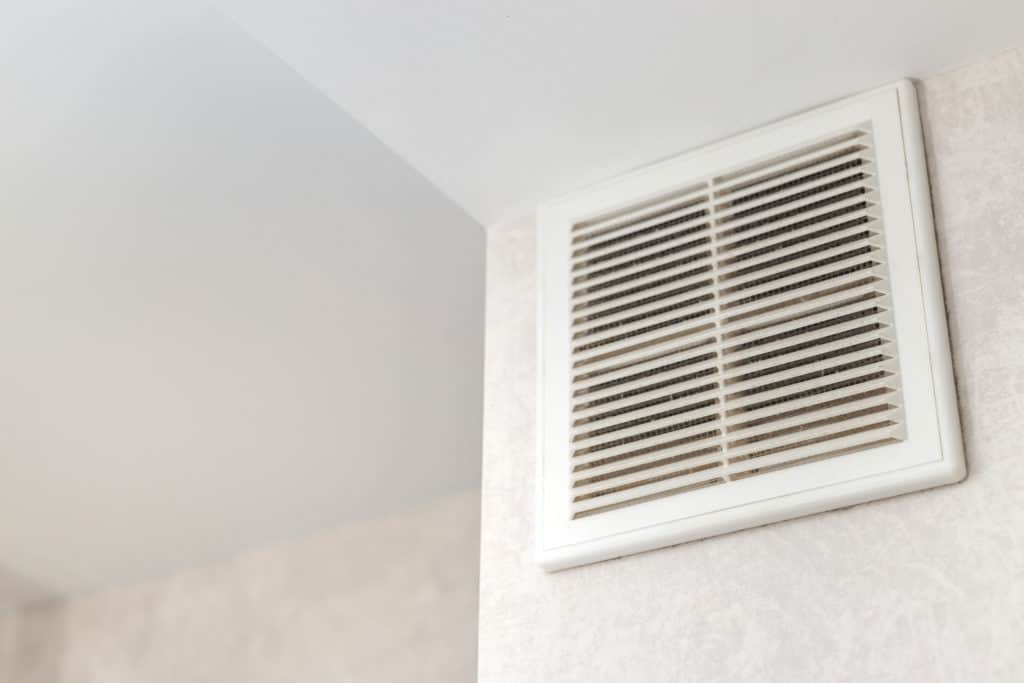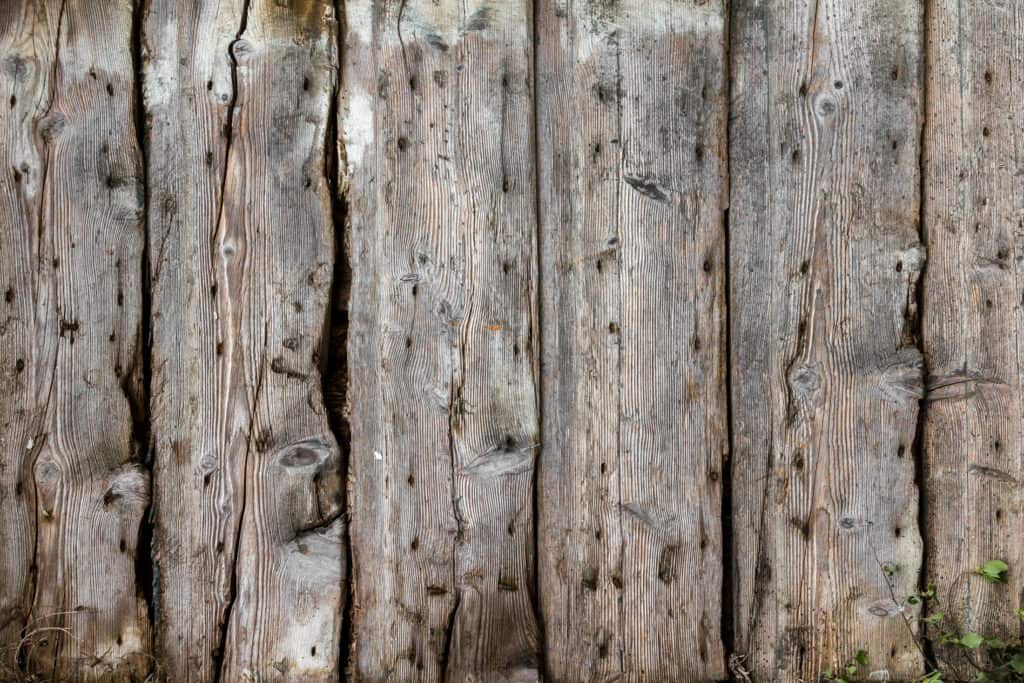This image of the contractor having the replacement of the roof
When you’ve had a roof replaced, checking for quality is essential. Here are some things to look for: Rotten wood, poor ventilation, and improper nailing and flashing. You should contact a roofing contractor for help if you find any of these things.

Poor ventilation
Improper roof ventilation can have severe consequences for your home and your health. In addition to damaging your roof, it can lead to mold and mildew problems. Excess moisture can also cause your interior ceilings and drywall to sag. Therefore, ensuring proper roof ventilation is a top home improvement priority.
Poor ventilation can also lead to uneven temperatures inside your home. This can increase energy bills, especially during cold and hot weather months. In addition, poor roof ventilation can lead to hot air buildup in the attic space. Without proper ventilation, hot air will rise to the ceiling, making the entire interior of your home hotter than usual.
During the winter, melted snow travels to the roof’s edge, freezes, and builds up. Improper ventilation can also cause dangerous ice dams that may require roof repair. These ice dams can eventually cause water to back up underneath shingles and damaged drywall, insulation, and paint.
If you notice loose shingles on your roof, it’s a sign of a problem with your roof’s ventilation. This can be a sign of leaks, moisture, or deterioration of the wooden decking. Call a professional for an inspection if you notice any of these symptoms.

Rotten wood
One of the most common problems after a roof replacement is rotted wood. The problem can spread to the rest of your home, especially if it’s on the roof deck. To prevent rotting and causing structural problems, you should get a professional inspector to check your roof.
A roof replacement is often required if the wood has rotted through the sheathing. To begin the process, the roofer will measure the wood and determine the areas that need replacement. Then, they will use a saw to cut out the affected areas while avoiding the rafters below. To ensure that the replacement boards will be secured, each section of rotted wood should extend above at least one rafter.
Although rotten wood is unsightly, it can have severe consequences for the structure of your home. If it spreads to the sheathing, fungi and mold may begin to grow and affect the air quality inside your home. It can also affect your attic insulation, reducing the efficiency of your home’s energy systems. If left unchecked, dry and wet rot can affect other wood parts and cause further structural damage.
There are several ways to diagnose and treat wood rot; you can even treat the wood to prevent further decay. Depending on the type of rot, it may appear white, black, or yellow. It will feel weak to the touch and can spread to other areas of the house. If you notice the first signs of rotten wood, it’s best to seek professional help as soon as possible.
Improper nailing
Improper nailing can lead to several problems. Broken or exposed nails can let rain and wind seep into the wood. This can lead to a slow leak, which will cause rot in the sheathing. More severe leaks can lead to water spots on the ceiling and puddles in the attic.
The correct nailing technique is vital for a secure roof. It will also prevent roof leaks and damaged shingles. Make sure the nails are the correct size, grade, and type. You must drive them into the roofing material properly to prevent leaks. Nails that are too short or too long will not penetrate the sheathing and could tear the shingles. Improperly driven nails can also cause damage to the shingles.
Improper nailing after roof replacement can lead to expensive problems. One common problem is nails located too high on the shingles. Ideally, the nails should catch the top edge of the shingle below them. Improper nailing after roof replacement can also lead to cracks.
Improper nailing can also cause water damage. Water can seep in and damage the roof decking and attic insulation. The moisture can lead to mold, harming your family’s health. Improper nailing after roof replacement may even cause the roof to fail prematurely.
Improper flashing
If you’re having your roof replaced, be sure to scrutinize the flashing. If it is not installed correctly, leaks will likely occur, and this can cause significant damage. Flashing is designed to be a seal that prevents water from entering the roof. However, if it fails, this can cause leaks that can weaken the entire roofing system. Improper flashing can also lead to mold and rot.
Several mistakes can cause leaks, including improperly installed metal flashing. First, make sure the flashing is attached to the roof using nails. This will help keep the flashing from sliding off during high winds. Ensure the nails are secure and the flashing is not corroded or weak. Secondly, ensure the flashing has built-in expansion joints, which will help it flex as the seasons change.
Improper flashing is a common problem after roof replacement, and addressing the problem as soon as possible is essential. Even if it seems minor, the smallest gaps can lead to expensive problems in the future. Roofing professionals should be able to inspect your roof to ensure proper flashing and prevent leaks.
Improper flashing may be challenging, but a skilled roofer can detect and correct these problems. In addition to inspecting the flashing, the roofer should also check your house’s foundation to ensure no cracks. A crack may be hidden and only be noticed when the house settles. If the foundation has cracks, the loose flashing will likely have problems, including the chimney.

Improperly installed shingles
A poorly installed roof can cause many problems, from loose shingles to cracks and holes. Improperly installed shingles can also lead to water damage in the future. Improper installation can result in a damaged roof requiring a total replacement. Luckily, most shingles come with a 20 or 30-year warranty.
Improperly installed shingles can be easy to spot. The shingles should line up with the roof angles and be evenly applied. It would be best to look for uneven coloring, which may indicate that the shingles were not installed correctly. Improperly installed shingles can also lead to costly water damage and a shorter roof lifespan. To prevent this problem, always hire an experienced roofing contractor.
A major cause of roof damage is improper installation. An improperly installed roof may lead to leaks at any point. An improperly installed roof could result in water sitting on the roof surface after heavy rainfall. It’s essential to hire a certified roofing contractor, and there are now certification programs for roofers to ensure they are adequately trained.
Improperly installed shingles after roof removal can also cause water to accumulate in the roof and lead to mold and mildew. The best way to detect improper installation is to take an ocular inspection of your roof. It would be best to inspect the shingles for nailing and proper overhangs. If your roof appears uneven or has uneven patches, you should hire a roofing company to correct the problem or replace the roof entirely.
Improperly installed underlayment
Many people do not realize that improperly installed underlayment can cause a roof to leak quickly after replacing it. This underlayment may be applied incorrectly or not installed, a severe issue needing immediate repair. A professional roofer should be contacted for a thorough inspection and proper repair.
Water can get into the roof and corrode the deck when the underlayment is not installed correctly. Water in the attic can lead to rot, and even wood windows need replacing. It can also increase your energy on heating and cooling and may even lead to mold growth. Not to mention that mold can be harmful to your health.
Improperly installed underlayment can lead to several other problems with your roof. Poor installation, extreme weather conditions, and poor maintenance can damage it. Poorly installed underlayment can cause leaks in your attic and a sagging roof deck, especially if it is low-sloped.
The underlayment is a thin material layer laid on top of your roof. It protects your roof from water and prevents your shingles and tile from absorbing water. Underlayment also facilitates shingle installation and helps remove heat from the attic. If the underlayment is not installed correctly, it could lead to a significant roof leak, structural problems, and mold colony growth.



